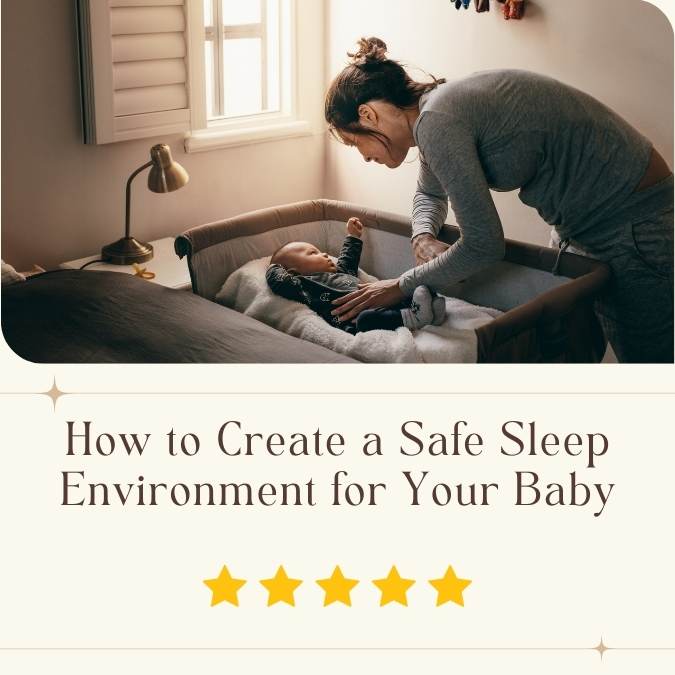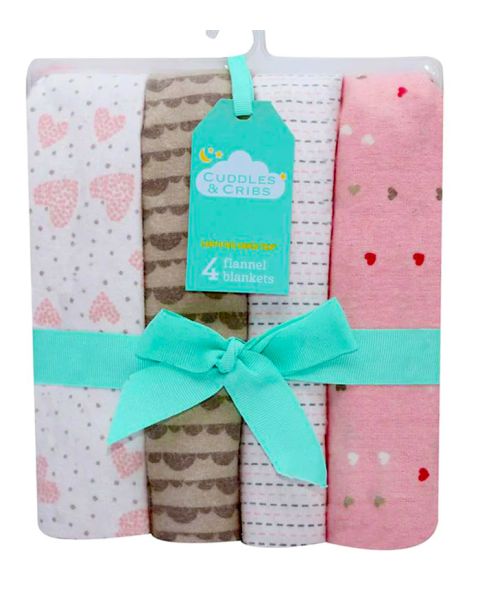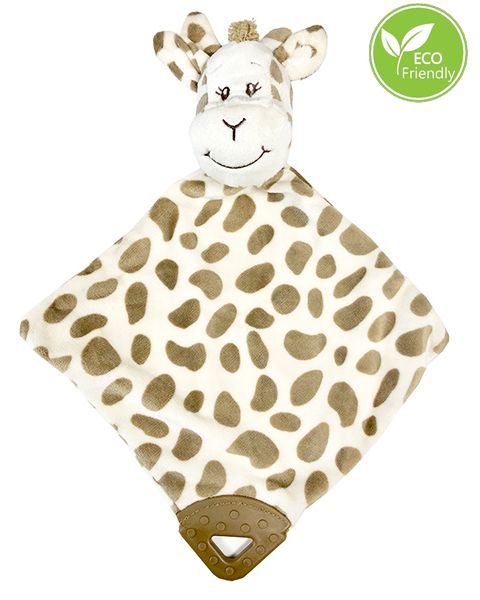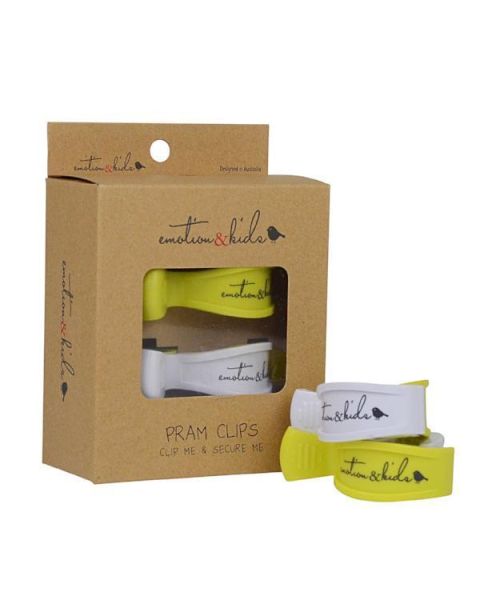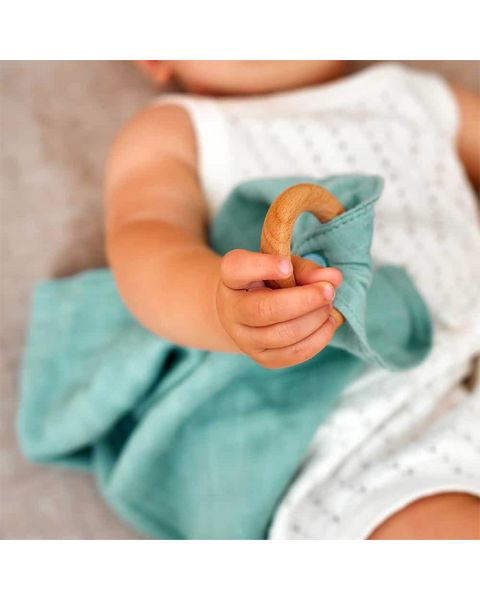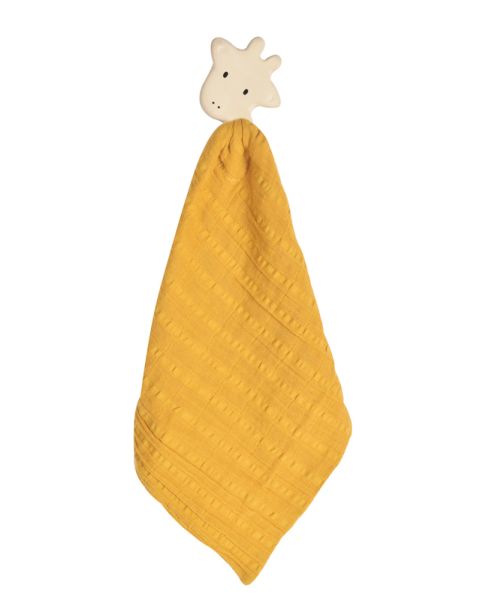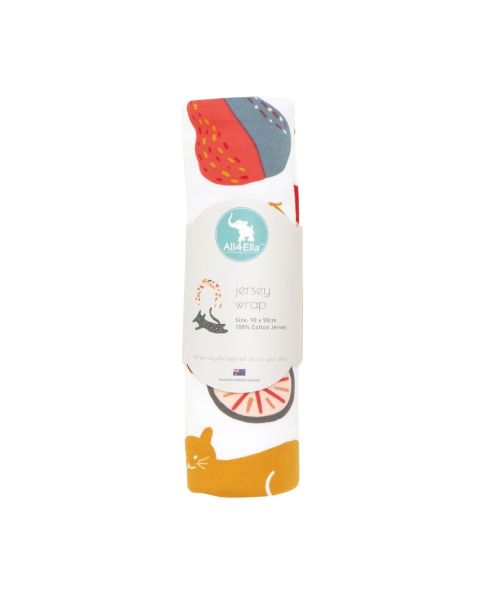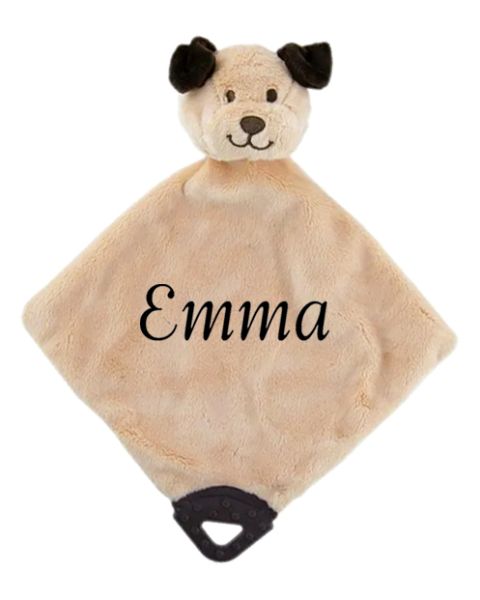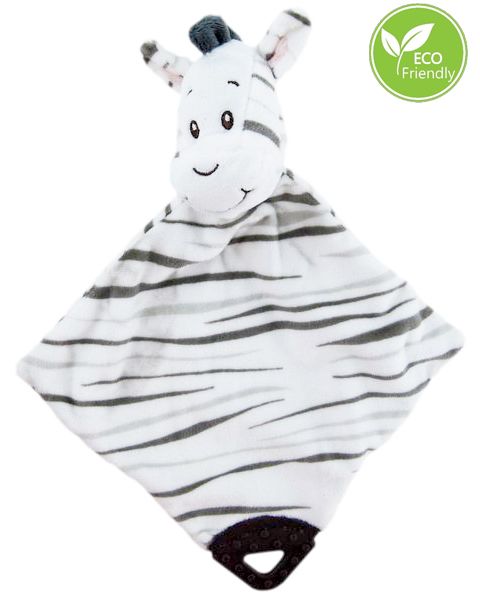Every parent's main priority is to ensure that their baby sleeps safely. The correct sleep environment can lower the incidence of sleep-related accidents like Sudden Infant Death Syndrome (SIDS) while also establishing a solid foundation for your baby's growth and development.
In this article, we'll lead you through each step to creating a safe and calm sleep environment for your child.
Baby Blankets & Swaddle Wraps
Guideline for creating a safe sleeping environment for your child
-
Choose the Right Sleep Setting
The first step in developing a safe sleep environment for your infant is to choose a suitable sleeping location. It is advised that babies sleep in the same room as their parents for the first six months. This can lower the risk of SIDS by up to 50%. You can utilise a cot, bassinet, or co-sleeper that fulfils current safety requirements. Make sure it's robust, well-assembled, and free of gaps and loose pieces. -
Use a firm mattress.
Always use a firm mattress and a fitted sheet that fits tightly. Soft beds, pillows, and blankets can cause suffocation. Avoid placing pillow-top mattresses or soft bedding in their cot. Babies require a hard, flat surface to keep their airways clean during sleep. -
Maintain the cot free of soft objects and loose bedding.
When assembling the cot, make sure to remove any soft objects such plush toys, pillows, bumper pads, and loose blankets. These things may appear cute, but they raise the danger of suffocation. Instead, use a sleeping bag or swaddle wrap to keep your baby warm. Always ensure that your baby is dressed correctly for the temperature in the room. -
Ensure that the room is cool and comfortable.
The recommended room temperature for newborns is 68°F to 72°F (20°C to 22°C). Make sure the room is not excessively hot or cold, as overheating might heighten the risk of SIDS. To monitor the temperature, use a room thermometer. Dress your infant in one layer more than you would wear to keep them warm, and avoid using heavy blankets or quilts. -
Place the baby on their back to sleep.
One of the most critical safety tips is to always put your baby on their back to sleep, whether for naps or nights. This position greatly lowers the risk of SIDS. Avoid placing your infant on their stomach or side, as these postures are associated with an increased risk of asphyxia. -
Use a Pacifier for Sleep
If your child is old enough (about one month), consider giving him a pacifier / dummy while they sleep. According to studies, pacifiers can help reduce the risk of SIDS. If your baby does not want it, do not force it; nonetheless, do not reinsert it once they have fallen asleep. Avoid using strings or clips to tie the dummpy to your baby's clothing. A dummy and baby shusher are good gift ideas for new parents. -
Maintain a Smoke-Free sleep area
Exposure to smoking raises the risk of SIDS. Make sure your baby's sleep environment is fully smoke-free, including no smoking near the cot, bassinet, or sleep area. Smoke from the surrounding environment can also be dangerous, so make sure your home is smoke-free for your infant. -
Keep your baby's head uncovered.
It is critical that your baby's head remains uncovered when sleeping. Avoid wearing hats or head coverings when sleeping because they may block ventilation or induce overheating. If your infant is swaddled, let their arms free to allow for natural movement and keep the covering from slipping over their face. -
Regularly check baby's sleeping environment.
Even if you've created a safe resting environment for your infant, you should check on him or her on a frequent basis. As your baby grows, you may need to change their sleeping arrangements to meet their changing demands. Make that the cot is still secure and the mattress is firm and flat. -
Trust your instincts and be informed.
Finally, as a parent, trust your instincts and keep up with the current safety rules. Each child is unique, and what works for one may not be appropriate for another. Stay current with advice from reputable organisations to ensure your baby's safest sleep environment such as Pregnancy, Birth and Baby and Raising Children
Conclusion
Providing a safe sleep environment for your baby is critical to their well-being and peace of mind. By following these safety standards and remaining watchful, you can provide your baby with a secure and comfortable sleeping environment. Remember that the secret to safe sleep is simplicity: a firm mattress, no soft items, and a smoke-free environment. These are all worth keeping in mind when buying a present for new parents. With these three measures, you'll be well on your way to creating the safest sleeping environment for your child.



